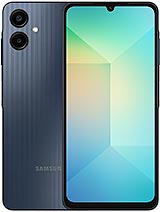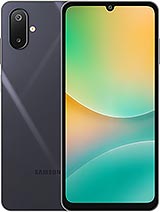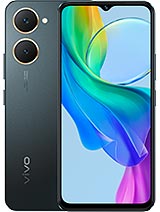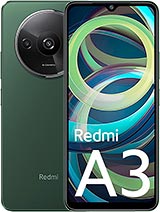Lava Yuva 2 alternatives
Tap above to see alternatives.
Redmi A3 4G alternatives
Tap above to see alternatives.
1x2.2 GHz Cortex-A76
3x Cortex-A76
4x Cortex-A55
4x2.2 GHz Cortex-A53
4x1.6 GHz Cortex-A53
3GB 64GB (eMMC 5.1)
4GB 64GB (eMMC 5.1)
4GB 128GB (eMMC 5.1)
6GB 128GB (eMMC 5.1)
wide, f/1.8, AF
2 MP
macro
f/2.0, (wide)
0.08 MP
(auxiliary lens)
f/2.2, (wide)
SIM1: Nano, SIM2: Nano
SIM1: Nano, SIM2: Nano
FDD: N1, N3, N5, N8, N28
TDD: N40, N41, N77, N78
FDD: N1, N3, N5, N8, N28
TDD: N40, N41, N77, N78
In this comparison, the Lava Yuva 2 with the Unisoc Unisoc T760 (6nm) performs better than the Redmi A3 4G with the Mediatek Helio G36 (12nm), thanks to its more efficient chipset.
The Redmi A3 4G offers 2 years of OS updates, while the Lava Yuva 2 provides 1 years. When it comes to security updates, Redmi A3 4G leads with 3 years of support.
Both phones use LCD panels. They have the same 90 Hz refresh rate. Lava Yuva 2 also has a brighter display with 700 nits, improving outdoor visibility. These phones have the same resolution.
Both phones have the same 5000 mAh battery capacity. Lava Yuva 2 supports faster wired charging at 18W.
Neither phone has an official IP rating for water and dust resistance.









